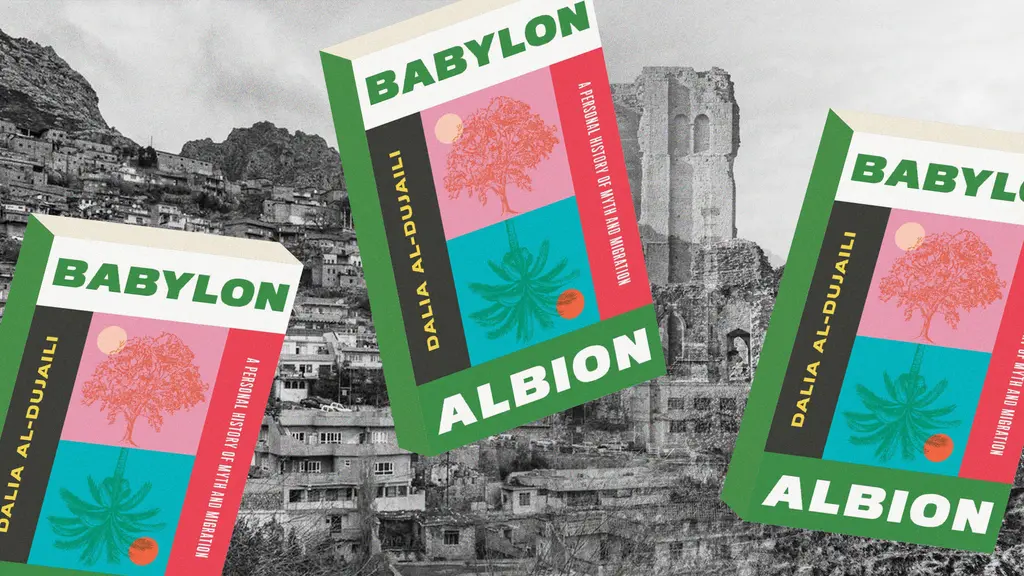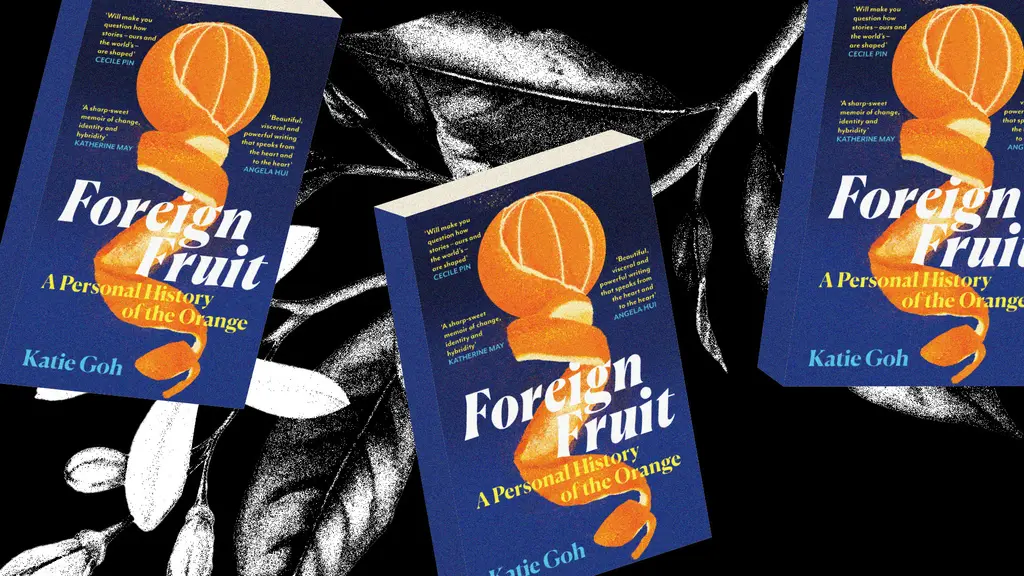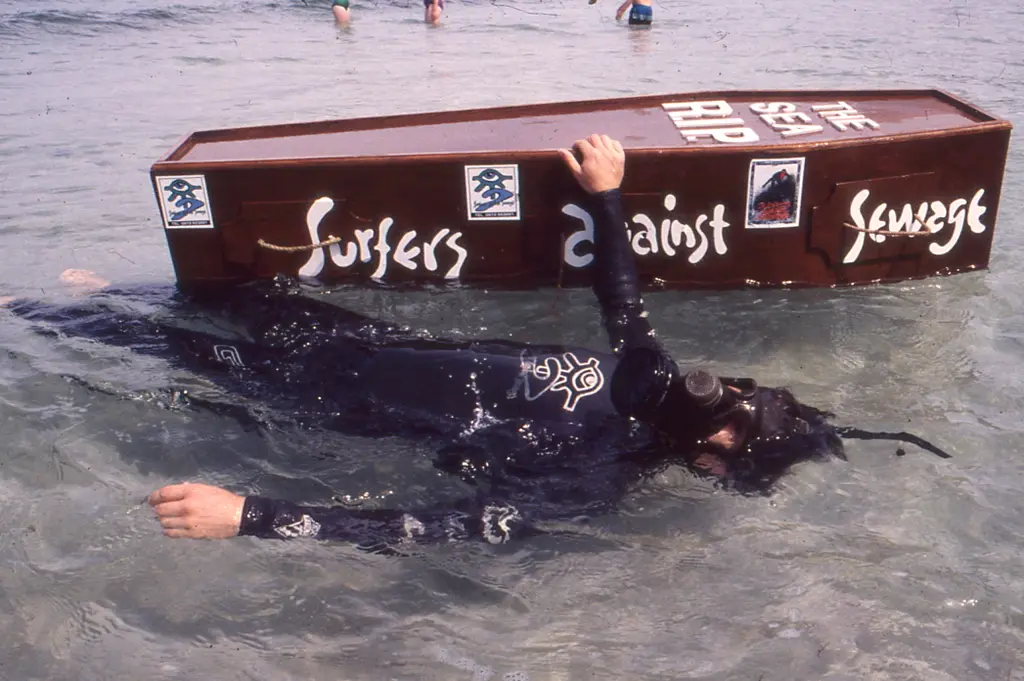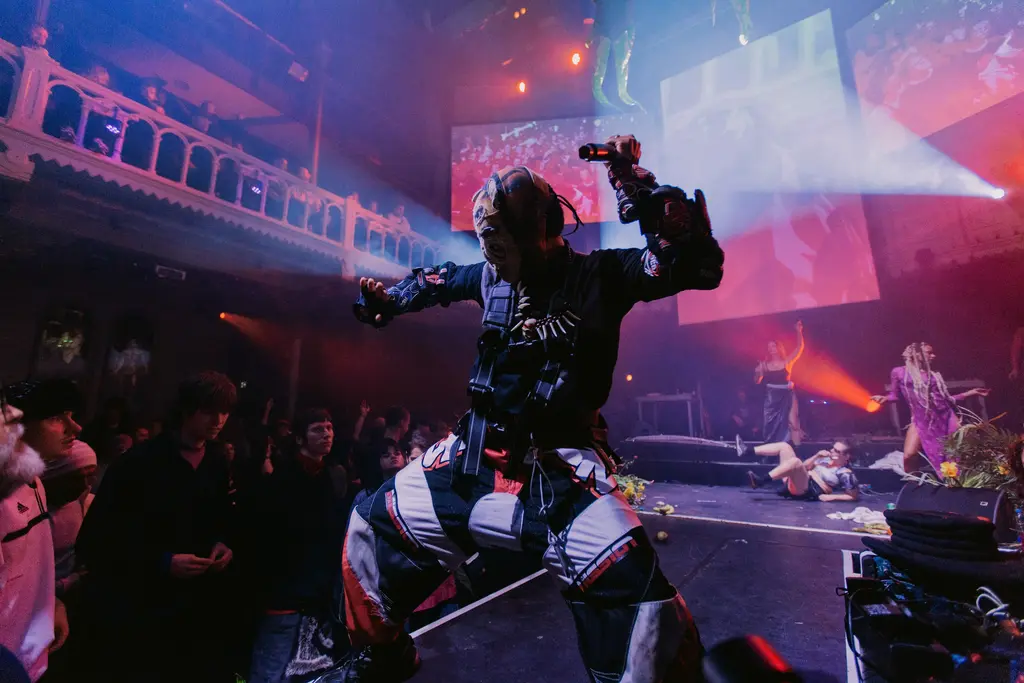Under the skin of Britain's facial tattoo community
- Text by Alex King
- Photography by Mark Leaver

It’s hard to hide a facial tattoo. Perhaps that’s why they still provoke fears and prejudices, even as tattooing in general becomes more and more mainstream. Mark Leaver’s photographic study shines light onto an obscure corner of the tattooing world, and dispels many of the myths that surround it. He took time to discover the often incredible stories behind the tattoos and reveal the people beneath the ink.
What initially drew you to look at facial tattoos?
Tattoos have recently become incredibly popular and are more accepted by society than ever before. There are many reasons for this, one being their endorsement through celebrity culture. There are countless people with tattooed sleeves and other bits and pieces but that was too broad and mainstream to base a project around.
What makes facial tattoos so distinctive is that they are still confrontational, there’s no hiding them. There are only a select few people who make that kind of commitment and it was those people that I wanted to meet and photograph.

Xed Le Head

Matt Black
Could you explain the stereotypes you uncovered?
Considering that tattooing is becoming more widely accepted, the stereotypes that come up with facial tattoos are surprising. These include high suicide rates, unemployment, depression and criminality. Naturally, the stereotypes made me go into the project cautiously, but when I began contacting people I can confidently say that everyone I met was extremely down to earth.
They were all normal people from all walks of life and happy to be part of the project. Unsurprisingly, the stereotypes were all very dated… if they were ever true at all.

Gino Dartnall

Cammy and Calum Stewart
Why did you feel it was necessary to interview all of your subjects?
I feel that with documentary work it’s an oversight not to talk to the people being photographed, especially if they are posed portraits. Candid work isn’t my thing. I try to meet people and set up a portrait in a way that naturally and authentically reveals the person’s character.
I prefer the shoots where I get to know the subject a bit better because everyone has interesting stories and backgrounds. Obviously, there are some things that are impossible to communicate with an image, so the text adds to the portrait without changing it. During Touka Voodoo’s interview he told me he had a sex change operation to become a man and that the tattooing on his face, which he did in the mirror himself, represented both his masculinity and femininity.

Laurent Maïna & Iestyn Flye Seven

Kirsty Wood
The stories that accompany your portraits are often very moving. Whose story did you find the most interesting?
They all had such interesting stories, so it’s hard to choose. Some of the sitters told me stories of very traumatic upbringings but I was more interested in where they are now. They all had down to earth and positive outlooks on life. Especially the tattoo artists who are self-employed, earning a decent wage and loving what they do. Gino did all of his own tattoos to cover up work he had done when he was 18.
Xed started tattooing himself at 13 and has been gridding out the human body for the last decade. Rusty used to offer himself as a human guinea pig to an artist so they could practice tattooing on him. Paul had troubles with his knees which forced him to stop body building. Since then his goal has changed to a full body tattoo suit so he now gets tattooed by the same artist up to 5 times a week.

Keith Gordon

Jay Read & Touka Voodoo
How did you meet all of these people?
I knew two of the sitters before I started the project, so that was a great starting point. But I had to do a lot of leg work, using local tattooists as a way in, crawling over social media and pestering everyone I knew. Once I got the ball rolling and name dropped a few of the people I had shot, sitters would suggest others to contact.
People with tattoos know a lot of people with tattoos. In Scotland, Cammy and his brothers Calum and Sean named 90% of the people I had shot. The people they hadn’t actually met, they knew through the huge online tattoo community. But the project hit another level when I got to photograph at Divine Canvas and could namedrop people like Xed Le Head.”
Were the majority of the people you photographed part of the tattoo industry?
I would say just over half of the sitters are tattoo artists. Having a facial tattoo gives them a recognisable image within the tattoo industry and helps reassure clients that they know their tattoos. The rest were everything from body piercers, office workers, bouncers, pensioners, body modification specialists to Jay Read who founded global brand Jilted Royalty. I was even told that one guy I shot worked for the government.

Jack Denny

Himemiya Neko & Deryn
What are your plans for the project going forward?
There were a number of topics that cropped up during that project that I would like to look into in the future, such as scarification and suspension. I have completed the bulk of the project but I’m keen to continue shooting people when I have the time. Eventually, I would love to publish a book that includes the portraits and all the information from the interviews. I am looking forward to re-shooting everyone again in 10 years to see how they have all changed.
To see the rest of the project and more of Mark’s work check out his website.
Enjoyed this article? Like Huck on Facebook or follow us on Twitter.
You might like

Dalia Al-Dujaili: “When you’re placeless, nature can fill the void”
Babylon, Albion — As her new book publishes, the British-Iraqi author speaks about connecting with the land as a second-generation migrant, plants as symbols of resistance, and being proud of her parents.
Written by: Zahra Onsori

Katie Goh: “I want people to engage with the politics of oranges”
Foreign Fruit — In her new book, the Edinburgh-based writer traces her personal history through the citrus fruit’s global spread, from a village in China to Californian groves. Angela Hui caught up with her to find out more.
Written by: Angela Hui

Meet the hair-raised radicals of Berlin’s noise punk scene
Powertool — In his new zine, George Nebieridze captures moments of loud rage and quiet intimacy of the German capital’s bands, while exploring the intersections between music, community and anti-establishment politics.
Written by: Miss Rosen

The rebellious roots of Cornwall’s surfing scene
100 years of waveriding — Despite past attempts to ban the sport from beaches, surfers have remained as integral, conservationist presences in England’s southwestern tip. A new exhibition in Falmouth traces its long history in the area.
Written by: Ella Glossop

Southbank Centre reveals new series dedicated to East and Southeast Asian arts
ESEA Encounters — Taking place between 17-20 July, there will be a live concert from YMO’s Haruomi Hosono, as well as discussions around Asian literature, stage productions, and a pop-up Japanese Yokimono summer market.
Written by: Zahra Onsori

We are all Mia Khalifa
How humour, therapy and community help Huck's latest cover star control her narrative.
Written by: Alya Mooro

